Broiler chickens are a genetically-improved chicken breed that can mature within 6-8 weeks. In other words, under proper management including quality feeding, broilers can reach an average live weight of 2.4 kg in 6 weeks and 3.5 kg in 8 weeks. Moreover, this potential and their economic value (profitability) make them the most raised meat chickens in the world.
Raising broiler chickens is relatively easy as some people or newbies portray. With proper knowledge or information on broiler farming, keeping broilers from chicks to maturity will be easier. However, it is advised to start with a small number of chicks if you are a starter. Beginning with 10 to 20 broiler chicks will help you learn the rudiment of broiler (or poultry) production with minimal economic risks.
Choosing the Right Breed
Broilers are a single chicken breed, but there are a few strains. Many people often call these strains breeds which need to be corrected. Trying to correct many people on this has been abortive.
The main broiler strains are:
- Ross
- Arbor Acre
- Cobb
- Hubbard
- Indian River
The difference between these strains (or breeds as some people call it) is that they were developed by different breeders with significant differences in their physical features or performances. The names also are for brand separation and some also have upgrades. For instance, there is the Cobb 500 and Cobb 700. There are also Ross 308, Ross 408 and Ross 708. These names have also been trademarked. One great thing about these is that all of them are fine and will give you great results provided they are raised under proper management. You can check the performance objectives of each strain below.
However, it is important to consider personal or consumer preferences, adaptability and market demands when choosing a breed or strain. From experience, in Nigeria, some buyers are attracted to taller broiler chickens with the impression that they are weightier than shorter birds. The weight of broilers has nothing to do with their height. Since this is what some people want, most farmers go for Cobb or Ross broiler strains.
Constructing the Broiler House
Broiler chickens can be kept in cages (wooden or metal) or deep-litter floor houses. However, irrespective of the housing system used (cage or deep-litter), it is important to adhere to the standard housing requirements.
Firstly, the minimum floor space requirement for broilers is 2 sqft per bird. Hence, if you are to construct a cage or pen for your broiler chickens, ensure that the house can conveniently accommodate the number of birds. For example, if you want to keep 50 broilers, the cage or pen must have a 100 sqft floor area to avoid overcrowding.
Ventilation is another critical element. Broilers are susceptible to high ambient temperatures and can die if there is a lack of adequate airflow in and out of the house. The house must have netted openings to allow proper ventilation. During cold periods, polyethene or tarpaulin can be used to cover some parts of the house.
Ensure that the house is constructed in an east-west direction. This will prevent direct sunlight into the cage or pen. Moreover, the house must be well-lighted and constructed in a way that allows natural sunlight.
Try as much as possible to keep your broilers in a house where faeces and other wastes are easy to pack and dispose of. It should also be inaccessible for rodents, snakes and wild birds. Most importantly, ensure a high level of hygiene and sanitation in and around the rearing area and the birds must be comfortable always.
Procuring the right broiler chicks
You can start a broiler chicken farm by buying day-old chicks directly from a reputable hatchery or supplier. If you don’t have the time, space or resources to brood and care for neonatal broiler chickens, you can buy 2- or 3-week-old broilers and continue to feed them on your farm.
When selecting the broiler chicks, consider factors like hatchery’s reputation and track records, broiler strain, vaccination status and health history. This is why it is necessary to ask other farmers about their experience with different hatcheries and their chicks. Their responses will guide you with your choice.
Sometimes, you may need to book the chicks ahead. Hence, ensure that you perfect your chick procurement a few weeks before you need them while you prepare the place you want to keep them. If you don’t want to book, we can help you procure high-quality chicks from the hatchery of your choice. Click here to get in touch with us.
Brooding of Chicks
Brooding in broiler production is the act of taking care of neonatal chicks from hatch day until 2 weeks of age. This usually involves providing artificial warmth (heat), feed, water and medication required for the chicks to grow well and become healthy within the brooding house. Brooding remains an important management practice in poultry farming because it contributes to their future growth performances and health. Poorly brooded birds often perform poorly and demonstrate slow or retarded growth. Secondly, if brooding is not done correctly or properly, there is a high chance of losing many birds in the first few days or weeks.
So how is brooding properly done?
1-2 weeks before receiving the new chicks, wash and disinfect or fumigate the brooding house or cage. Also wash and disinfect the feeders, drinkers and heaters (coal or gas stoves). You should also sundry them for greater effectiveness. Cover the openings with translucent polythene or white tarpaulin. This helps in conserving the heat within the brooding house or cage. Spread dry wood shavings on the floor.
When it is 6 hours before receiving the chicks, set up the heating lamps or stoves to keep the house warm for the incoming chicks. It is advised to have a digital thermometer to monitor the house’s temperature. Ensure that the temperature is 34-35oC.
Mix multivitamins and mild antibiotics such as enrofloxacin in clean water. Administer the solution to the chicks in baby drinkers (1 drinker per 50 chicks). This should be given continuously for 5 days. Spread newspapers or tray feeders on the floor and add small quantities of broiler starter (or super-starter) feed on them.
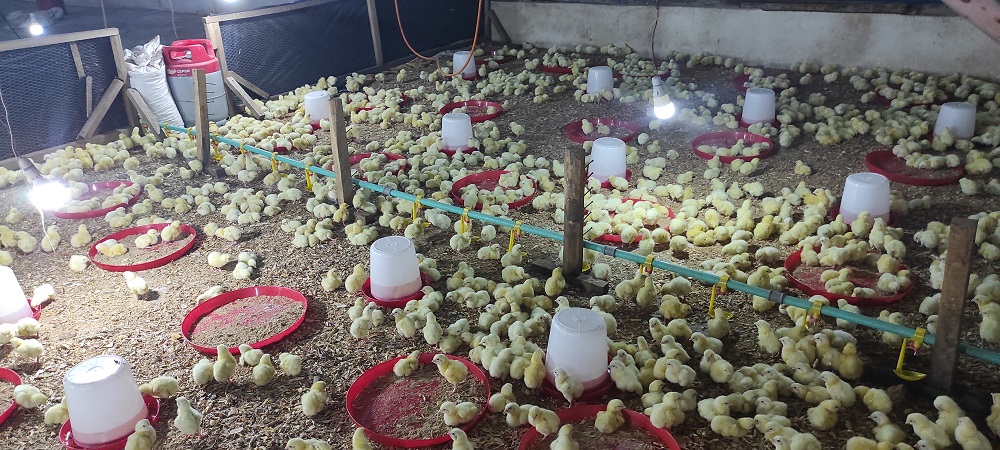
When the chicks arrive, unbox them and gently move them from the carton to the floor. If the temperature is adequate, the chicks will spread out, eating, drinking and moving around. If you see many chicks huddling together at a point, it indicates the temperature is low. Hence, add more heat sources. If they move far away from the heat source and panting, it shows the temperature is too high. In this case, lower the temperature by reducing the heat sources.
Lights should be provided throughout the brooding period and avoid any form of sudden noises to avoid frightening the chicks and stampeding. Feed and water must be provided continuously while the polyethene or tarpaulin covers are raised in the afternoon (when the sun is up) and the temperature should be reduced by 2oC every day until the chicks can produce their body heat and regulate it.
Feeding and Nutrition
It is worth mentioning that broilers, like other poultry birds, need nutritious and high-quality feed to grow optimally and be healthy. Ensure that the feed provided is not bad or mouldy and should always be stored properly and away from rodents and wild birds.
Broilers typically eat two types of diets. They are starter and finisher feed or diet. The starter diet is fed from day 1 to day 21 while the finisher is given from day 22 until slaughter. If you are keeping the birds for a very long time like 3-4 months, you can provide a grower diet from 4 weeks of age.
These feed types are readily available and can be purchased within cities and towns. You can also produce the feed yourselves provided you have good formulas and the ingredients can be easily sourced.
Tips for ensuring proper feed consumption or intake include:
- Always try to provide pelleted feeds to the birds. This improves feed intake and feed conversion as well as reduces feed wastage
- Use the right feeder and drinker for the right age. For instance, tray feeders should be replaced with chick feeders after 3 days. The chick feeders should be changed to adult feeders after 3 weeks of age.
- Increase the floor space as the birds grow age and size to avoid overcrowding. The number of feeders and drinkers should also be increased to allow all the chickens to have equal access to feed and water.
- Avoid giving mouldy feed to your chickens. The mouldy feed would make your chickens sick and cause stunted growth.
- Follow the daily feed chart for broilers from day to day 42 to give the right amount of feed sufficient for the birds to grow well. Giving extra feed will make the broilers fattier.
Broiler Health Management and Disease Prevention
Taking adequate and proper biosecurity measures is the best and cheapest way to protect your broiler chickens from diseases. Some of the biosecurity measures include:
- Clean the broiler house or cage regularly. Additionally, the drinkers and feeders must be washed daily.
- Keep the surroundings clean and bushes should be cut as they often shield rodents and predators.
- The faecal and feed waste must be properly disposed of.
- Properly incinerate or bury dead birds far away from the broiler house or cage.
- Protect pens or cages from rodents, snakes and wild birds as they are potential carriers of disease-causing organisms.
- Disallow just anyone from entering your farm. Visitors allowed into the pen or rearing area must adhere to strict visitor guidelines such as sanitising their hands and changing their footwear and clothes.
- Ensure that there are areas restricted for visitors or non-workers.
- Have dedicated farm clothing or overalls and they must be worn only within the farm premises
- Footbaths must be placed at the entrance of each pen. This is primarily to disinfect footwear and reduce the chance of disease transmission.
- All vehicles entering your farm must be disinfected before they are allowed to drive in.
- Quarantine new birds for at least 7 days before introducing them to the main flock.
- All sick broiler chickens should be isolated from the main flock until they are well to prevent disease spread.
- Vaccinate all chickens against all common diseases such as Newcastle disease and Gumboro disease. It is advised to follow the vaccination schedule or programme approved for your location.
Maintaining proper hygiene and sanitation helps protect your broilers from diseases as most disease agents thrive in dirty and messy environments. It also keeps most rodents and predators away. When your birds are free from diseases and very healthy, they often grow well and convert the feed efficiently.
Broiler Vaccination Schedule/Programme
Follow the vaccination schedule to protect your broiler chickens from some common poultry diseases.
| Age | Vaccine | Route of Administration |
|---|---|---|
| Day 1 | Marek’s Disease vaccine | Subcutaneous |
| Infectious Bronchitis vaccine (IBV) | Spray | |
| Day 5-7 | 1st Newcastle Disease vaccine (NDV) Lasota | Oral via drinking water |
| Day 14-16 | 1st Infectious Bursal disease vaccine (IBDV) Gumboro vaccine | Oral via drinking water |
| Day 21-25 | 2nd IBDV | Oral via drinking water |
| Day 28-30 | 2nd NDV Lasota | Oral via drinking water |
Marketing and Sales
There are good markets for broiler chickens. You can sell them as live chickens or processed broiler meat. The markets for broiler meat include restaurants, eateries and supermarkets. You can sell live broiler chickens to offtakers, processors or directly to consumers. However, before you start raising broilers, ensure you conduct a market survey and try to have people buy immediately after the birds are matured or ready to be sold. This is important because when your birds are ready for market and you cannot get people to buy them immediately, you will lose some of your profits to feeding especially if you are not selling based on live weight.

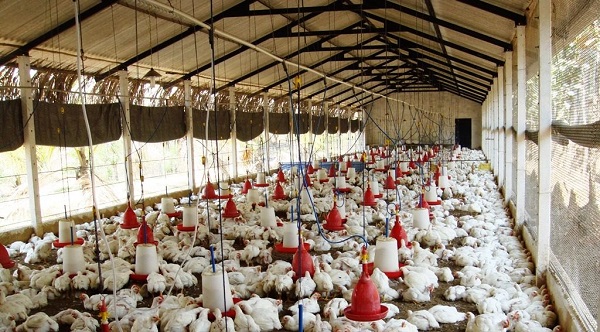
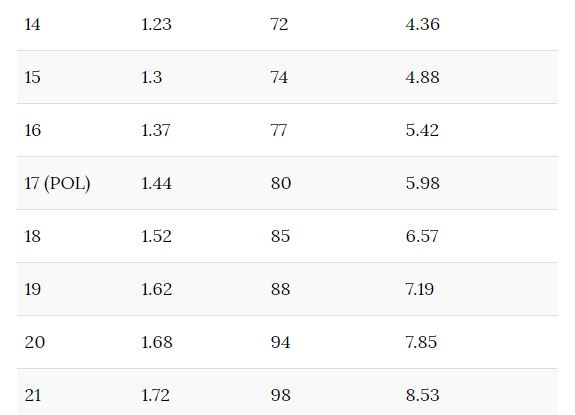
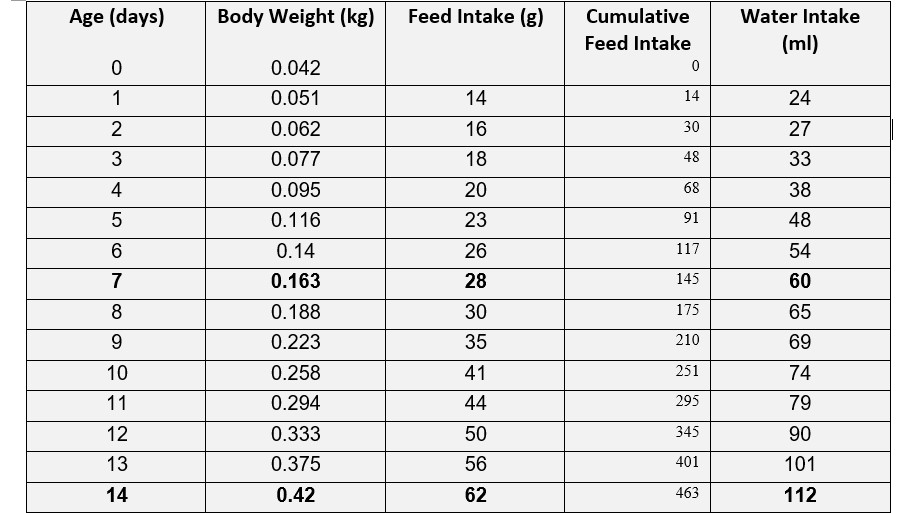
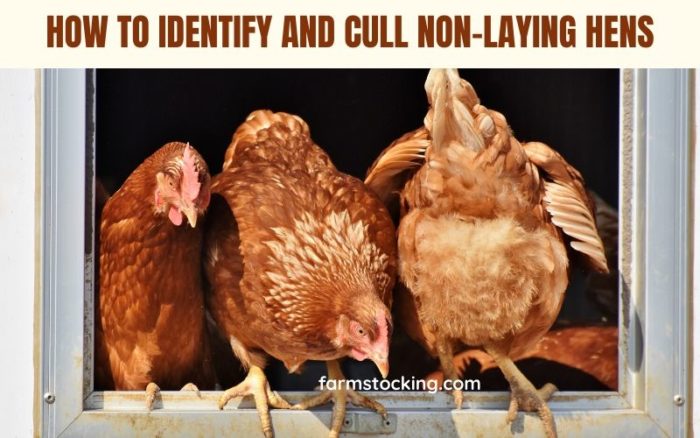
thank you for the information well said no stone unturned
Thanks